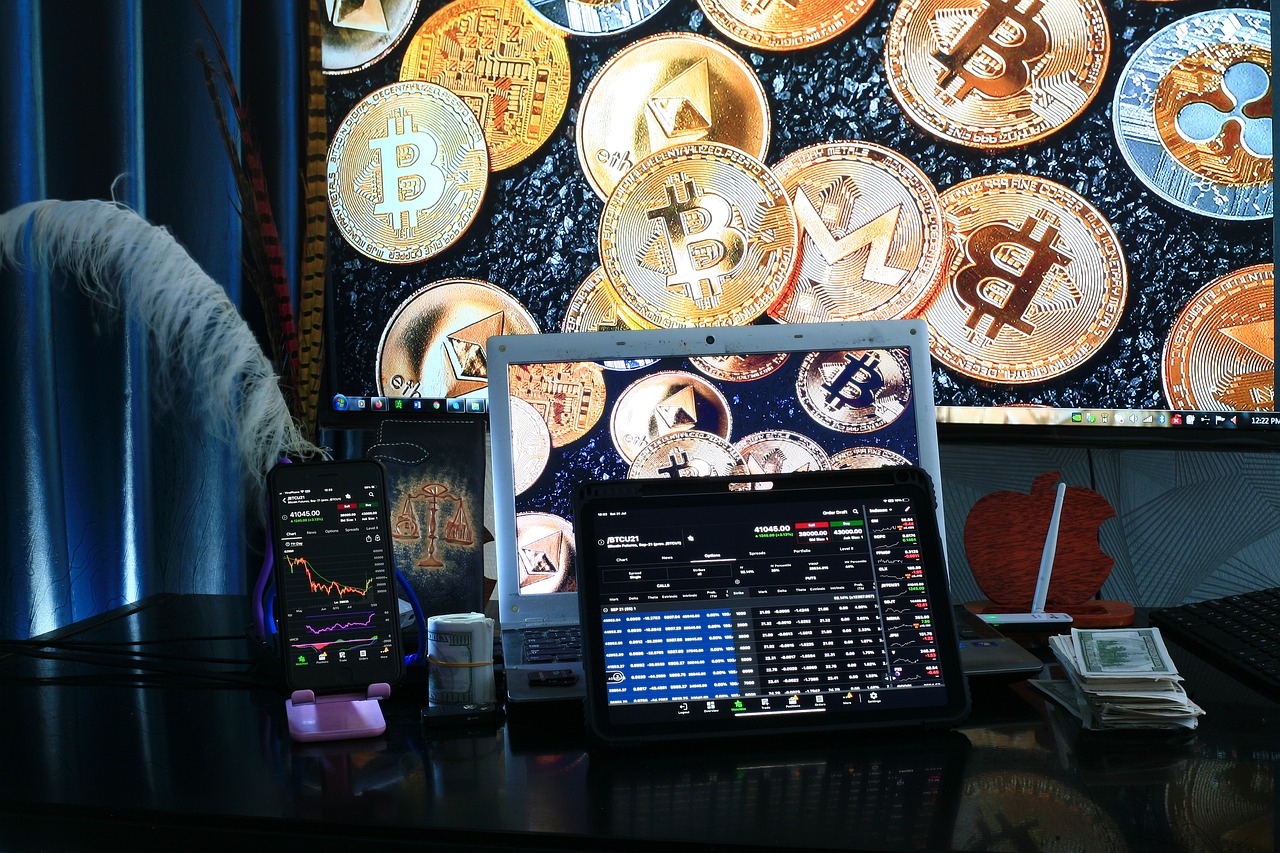Embark on a comprehensive journey through the dynamics of GALA coin, a promising contender in the crypto universe. This analysis not only scrutinizes its market performance but also addresses the inherent risks. Discover the power of automated trading with BitAi Method amidst the crypto Revolution, unlocking potential digital fortunes with this innovative bot.
Examining GALA Coin’s Market Performance
The market performance of GALA Coin is a crucial aspect to consider when evaluating its potential and determining its future trajectory. By analyzing GALA Coin’s price trends and examining its market dynamics, we can gain valuable insights into its current position and future prospects.
When delving into GALA Coin’s price trends, it is important to assess its historical movements and market fluctuations. Understanding how GALA Coin has performed over time can provide a comprehensive view of its growth and stability. By studying historical data, we can identify patterns and trends that may help us make informed predictions about its future performance.
Factors influencing GALA Coin’s price can vary widely. Market demand, investor sentiment, overall cryptocurrency market trends, and regulatory developments are among the key elements that can influence GALA Coin’s value. By closely monitoring these factors, we can gain a deeper understanding of the forces that shape GALA Coin’s market performance.
Looking beyond price analysis, it is essential to consider GALA Coin’s market outlook and future potential. Expert opinions and predictions play a significant role in shaping market sentiment and investor confidence. Assessing the opinions of industry leaders and analysts can provide valuable insights into GALA Coin’s growth prospects and market opportunities.
Furthermore, upcoming developments, partnerships, or initiatives within the GALA Coin ecosystem can significantly impact its market performance. Collaborations with established brands, technological advancements, and community-driven initiatives all contribute to shaping GALA Coin’s future trajectory. Keeping a close eye on such developments can help investors and enthusiasts gauge GALA Coin’s potential for further growth and adoption.
While the GALA Coin revolution holds promise, it is also important to address concerns and risks associated with its market performance. Regulatory and legal considerations, such as changing regulations and government interventions, can impact the future of GALA Coin.
Security and privacy considerations are equally important when analyzing GALA Coin’s market performance. Investors and users want assurance that their transactions and personal information are safeguarded. Examining the security measures implemented by GALA Coin and addressing any privacy concerns can build trust and confidence in its market potential.
Addressing Concerns and Risks
One of the primary concerns surrounding GALA Coin and other cryptocurrencies is the regulatory and legal landscape. As governments and regulatory bodies strive to keep pace with the rapidly evolving cryptocurrency market, new regulations and policies may be introduced. These regulations can vary across different jurisdictions and may impact the use, trading, and overall adoption of GALA Coin.
In addition to regulatory considerations, security is a significant concern when it comes to cryptocurrencies. GALA Coin users want assurance that their transactions and digital assets are secure from hacking and fraud. Therefore, it is vital to assess the security measures implemented by GALA Coin. This includes evaluating the underlying blockchain technology, encryption protocols, and any additional security layers that ensure the integrity and safety of transactions.
Privacy is another critical aspect that must be considered when addressing concerns and risks associated with GALA Coin. Users want to ensure that their personal information remains confidential and protected. It is important for GALA Coin to prioritize user privacy and clearly communicate the measures taken to safeguard personal data. By implementing privacy-enhancing features and adhering to best practices for data protection, GALA Coin can address privacy concerns and instill confidence in its user base.
The cryptocurrency market is known for its price fluctuations, which can be influenced by various factors such as market demand, investor sentiment, and global economic conditions. Investors and users need to be aware of the potential risks and uncertainties involved in trading or holding GALA Coin and should make informed decisions based on their risk tolerance and investment goals.
To address these concerns and risks effectively, GALA Coin’s development team, along with community participation, should proactively engage with regulatory authorities, implement robust security measures, and prioritize user privacy. Open communication, transparent reporting, and compliance with relevant regulations can help mitigate risks and ensure the long-term sustainability of GALA Coin as a digital asset.
Conclusion
As the GALA Coin Revolution unfolds, it is crucial to address concerns and risks while evaluating its market performance. By prioritizing regulatory compliance, robust security measures, and user privacy, GALA Coin can build trust, navigate challenges, and realize its potential as a transformative force in the digital landscape.
